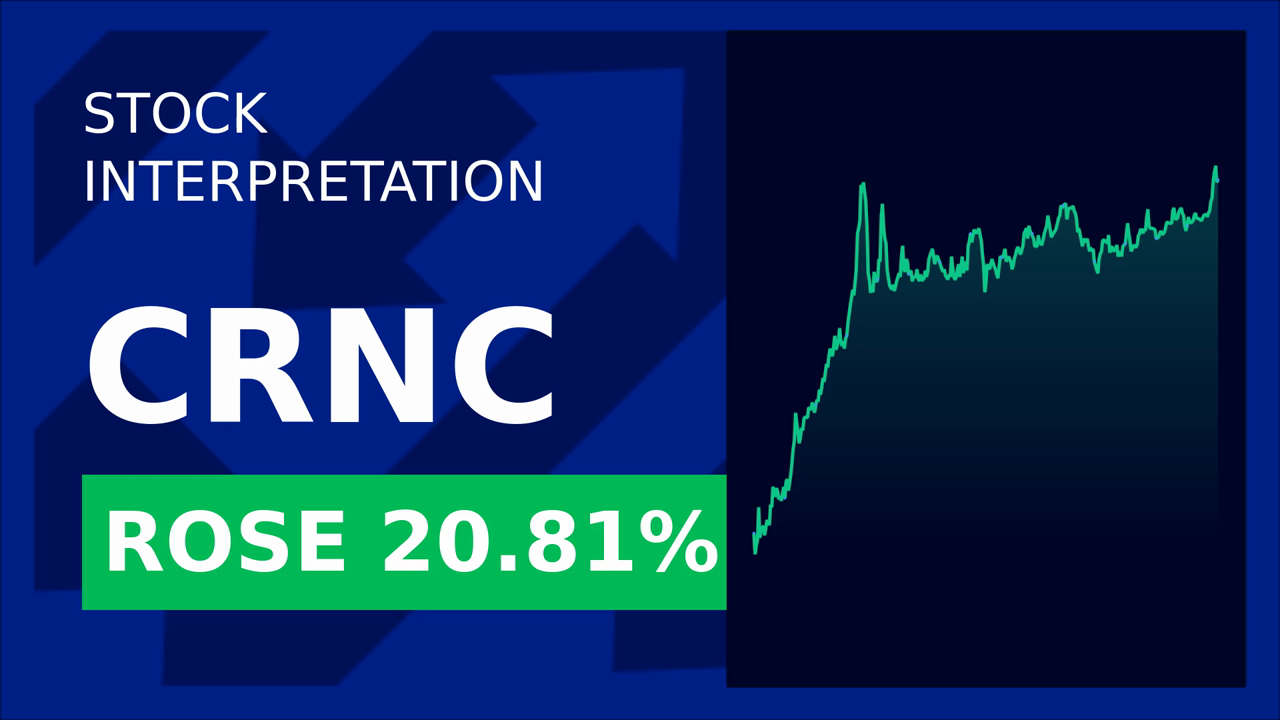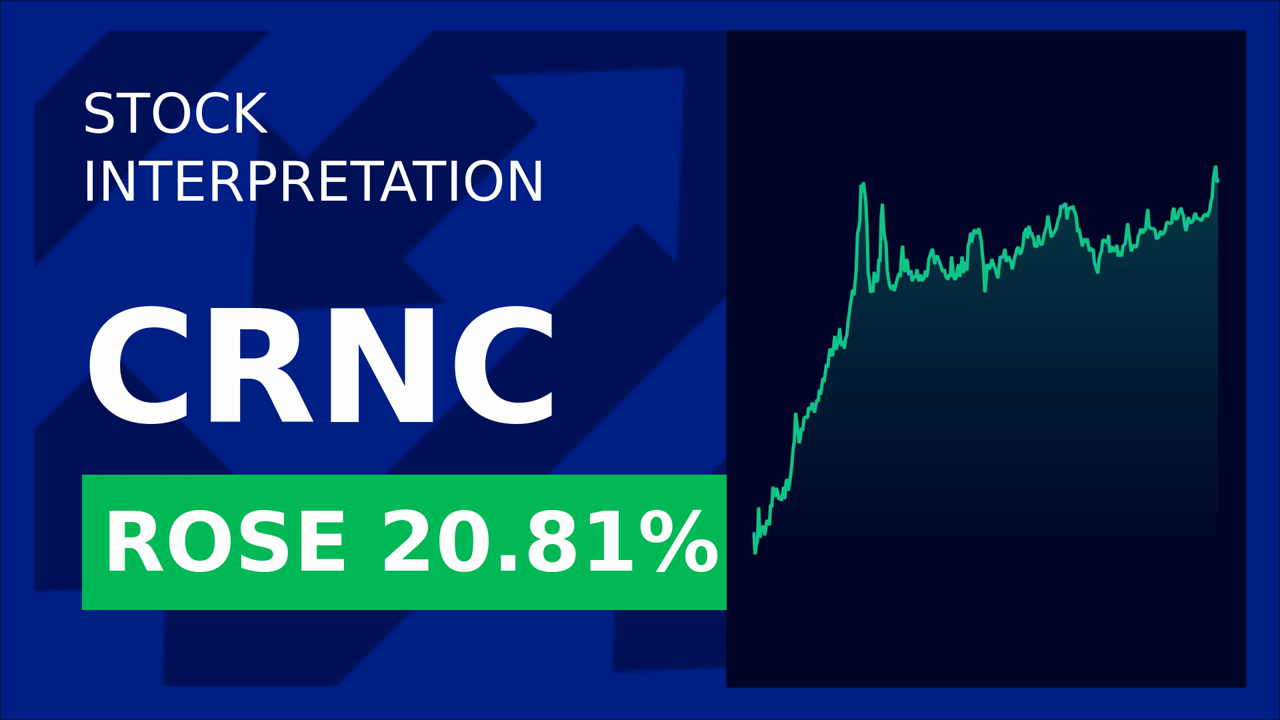Cadence Bank Delivers Surprising Q1 Earnings Beat Amid Mixed Revenue Results
Cadence Bank (NYSE: CADE) has kicked off 2025 with a strong earnings surprise, defying modest revenue underperformance to deliver adjusted net income and earnings per share (EPS) that outpaced Wall Street expectations. While total revenue missed forecasts, the bank’s core lending growth and strategic moves, including a key merger, position it as a resilient player in a challenging banking environment. Here’s what investors need to know.

Earnings: A Solid Quarter Despite Revenue Headwinds
Cadence reported adjusted net income of $130.9 million, translating to diluted EPS of $0.70—well above the $0.62 per share in Q1 2024 and a sharp beat over the consensus estimate of $0.64. This outperformance was driven by a 3.46% net interest margin, up from 3.22% a year ago, as higher rates bolstered interest income. Net interest revenue rose to $363.2 million, reflecting the bank’s success in managing its interest-sensitive balance sheet.
However, total revenue of $448.6 million fell short of the $451.3 million consensus estimate. Analysts note this discrepancy stems from a technicality: the AP report highlighted that revenue net of interest expense (the metric investors track) was $448.5 million, slightly below expectations. While not a disaster, the miss underscores the sector-wide challenge of navigating fluctuating interest rates and deposit costs.
Loan Growth Shines, Deposits Lag
Cadence’s organic loan portfolio grew 3.7% annualized to $34.1 billion, a testament to its focus on commercial lending and small-business relationships. CEO Dan Rollins emphasized this as a key driver of earnings strength, stating, “Our disciplined approach to risk and client relationships is paying off.”
Deposits, however, dipped to $40.3 billion, marking a slight decline from prior quarters. This mirrors broader trends in banking, where customers shift funds amid rate volatility. While manageable, sustained deposit erosion could pressure net interest margins if borrowing costs rise further.
Strategic Moves: Merger Momentum and Capital Strength
The quarter’s standout news was the regulatory approval of Cadence’s merger with First Chatham Bank, set to close on May 1, 2025. This $2.5 billion deal expands Cadence’s footprint in Georgia, adding 26 branches and $2.4 billion in deposits. Rollins called the swift approval “a testament to our strong capital position,” which includes a Common Equity Tier 1 (CET1) ratio of 12.4%—well above regulatory requirements.
Stock Performance: A Volatile Start to 2025
Cadence’s shares have been under pressure this year, dropping 20% year-to-date as investors grappled with broader banking sector uncertainty. However, the Q1 beat sparked a rebound, with shares rising post-earnings. A longer-term view reveals resilience:
Despite the year-to-date slump, CADE has gained 5% over 12 months, closing at $27.59—a sign that long-term investors remain optimistic about its strategic vision.
Conclusion: A Bank to Watch in 2025
Cadence Bank’s Q1 results highlight a resilient core business amid macroeconomic turbulence. The EPS beat and loan growth suggest management is executing well on its strategy, while the First Chatham merger adds tangible scale and diversification. However, investors should monitor deposit trends and the net interest margin’s sustainability as rates stabilize.
With a solid capital base, strong loan demand, and a strategic merger on the horizon, Cadence appears poised to capitalize on opportunities in its regional markets. While revenue hiccups remind us no bank is immune to sector headwinds, the earnings beat underscores Cadence’s ability to deliver profit growth even when the top line falters. For investors seeking a steady hand in regional banking, CADE deserves a place on the watchlist.
Final Note: Always conduct your own research and consult with a financial advisor before making investment decisions.










